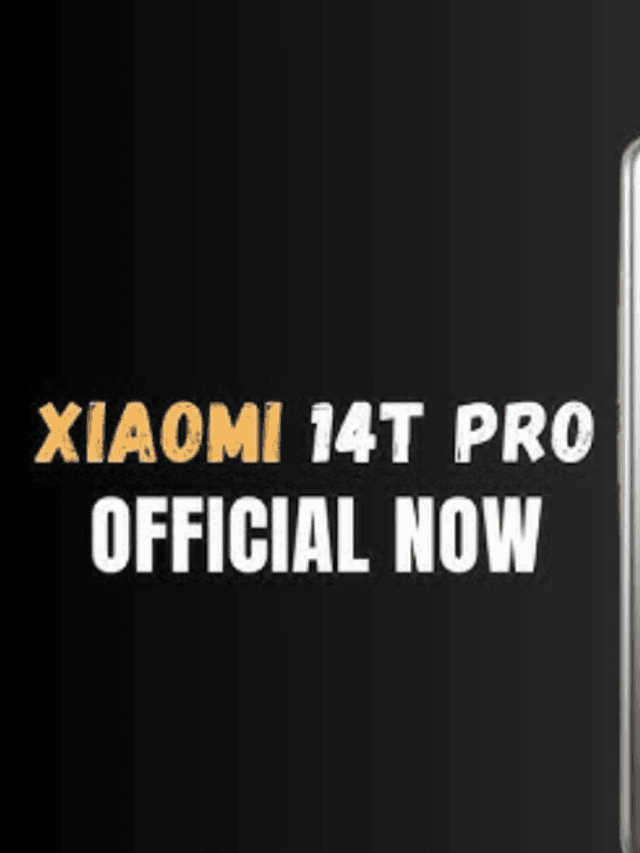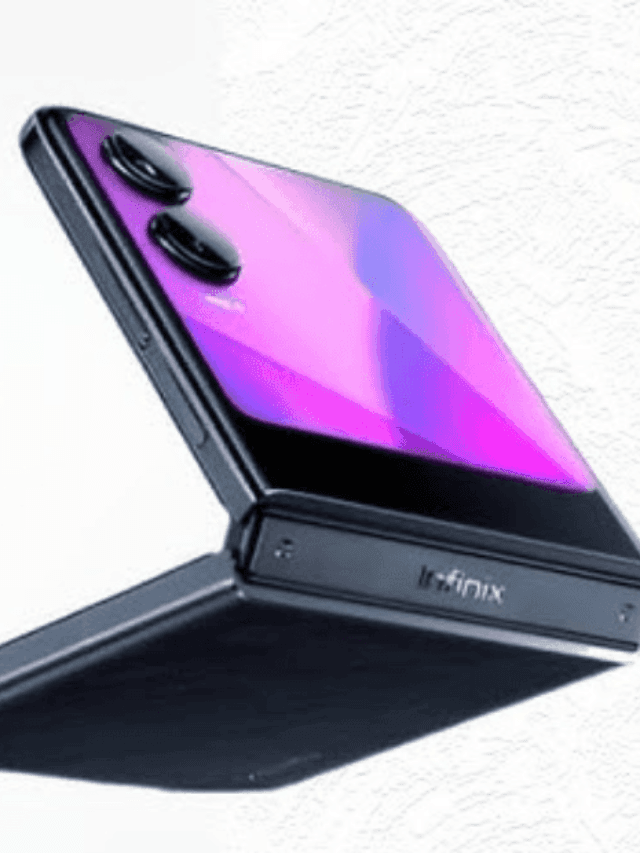An excellent tool for showcasing the capabilities of the second-generation Intel Ultra chipsets is the Asus Zenbook S14 OLED. They combine strong gaming capabilities, even when using a battery, with high overall performance. The true highlight is the battery life, which under some situations comes in just under 20 hours. However, keyboard snobs may want to hold out until something with more meaty keys is released.
Important Features
Second Generation Intel Ultra CPU
- One of the earliest laptops to employ Intel’s second-generation Ultra processor, which significantly extends battery life, is this one.
3K OLED display
- Sharp and bright, the 14-inch OLED touchscreen shines in a dark setting thanks to its flawless black levels. However, HDR content does not provide genuinely tearing brightness.
Ceraluminum cover
- The lid is made of ceramic-coated aluminum. Although the branding is a marketing phrase, it still feels and looks good.
With its sleek appearance, the Asus Zenbook S14 OLED is a compact laptop that can compete with any model you could see on a large billboard. However, one feature of this model overshadows all others.
Along with the Lenovo Yoga Slim 7i, it is the first laptop to use a second-generation Intel Ultra 7 CPU, dubbed “Lunar Lake.”
These appear to be identical to our Ultra 7 CPU laptops from early 2024 on a retailer’s website. However, the Asus Zenbook S14 OLED is very different from those in real life.
The battery has a much longer lifespan. It performs much better in more demanding games. It is also quieter. These improvements are more impressive than the Asus Zenbook S14 OLED’s raw processing power. But for the typical laptop buyer—or one who is even pickier? It is a dream computer that makes you question why Intel did not arrive sooner.
The online price of the Asus Zenbook S14 OLED is £1299, or £1499 for the same performance level as this review. However, the review model’s actual RAM is 32GB, which raises the price to £1599.
Design and Keyboard
- Ceraluminium is something that Asus created.
- The machine is light and slender.
- Rigid
The Asus Zenbook S14 OLED’s class of laptops has straightforward design objectives. They are designed to appear sophisticated, pricey, and resilient enough for a life on the road.
These do not support genuine personality. However, Asus has at least made an effort to provide a striking back to the Zenbook S14 OLED.
Bright silver lines are etched onto a “Ceraluminum” surface across the lid. The silver exposes the aluminum below, whereas the grey portions are ceramic-based. Though not overly so, it is a bold appearance.
Everything about the Zenbook S14 OLED is standard Asus. The lines are harsher and more pronounced than you would anticipate from other producers.
Compared to other of the best laptops available, it also seems less minimalist and more serious. I find it inconceivable that Apple would place a large heat grille over the keyboard on a laptop that seldom ever uses its fans.
Nonetheless, the Zenbook S14 OLED has a commendable design and is constructed to the high standards often found in this class. There is very little flex to the keyboard, and the lower case is all metal.
The display can only be moved back to around 130 degrees thanks to the hinge. It is not a hybrid. However, this restricted hinge movement results in a display with nearly negligible wobbling, as is frequently the case. This is ideal for working while on the go.
Although the inputs on the Asus Zenbook S14 OLED are reliable, they are not excellent enough to escape criticism.
This keyboard is a traditional ultraportable laptop keyboard. It feels like considerable work has gone into the feel of the keys. The lighting shining through the writing on the stylish (and Asus distinctive) typeface is pleasing, and the typing does not have a hollow ring.
The Asus Zenbook S14 OLED keyboard, however, is a tad too far on the shallow side of the key action range for me. It has a depth that is comparable to a MacBook Air M3.
The Asus Zenbook S14 OLED is quick to type on, and because of its size, Asus has not had to reduce the number of secondary keys, so you do not have to spend a lot of time getting used to the key arrangement.

Although the touchpad is comparable, it feels a bit different from my recent favorites, such as the Microsoft Surface Laptop 7.
The touchpad resistance of the Asus Zenbook S14 OLED is a bit too high. At least until your pointer finger adjusts to the clicker, it results in a slower and slightly leaden feel, which is the opposite of the keyboard.
The touchpad is excellent overall. This is not a synthetic surface; it is textured glass. It is a decent size, and the underlying clicker style is excellent, even if I would reduce the clicker motion if I could. Instead of being bright and clicky, which may frequently devalue a nice touchpad, it is smooth and black.
Display and Sound
- Excellent color accuracy and depth
- Despite having a touchscreen, its hinge range is restricted.
- Average brightness when HDR material is not present
The screen of the Asus Zenbook S14 OLED is superb. There is just one area where it falls short. Although brighter than comparable OLEDs, it falls short of the top MacBook Pro’s tiny LED screens.
You will only see up to 400 nits in standard apps (380 nits when HDR is entirely off), however I measured 600 nits when HDR material was displayed. This is sufficient for productivity apps when working outside, however it is unfortunate that the display glass does not have a more potent anti-reflective coating.
Although it does not accomplish much, the green sheen to reflections indicates that it could have some reflection-countering treatment here.
Everything else is great. First off, the Asus Zenbook S14 OLED boasts unparalleled contrast and incredibly rich color, much like other OLEDs. My colorimeter indicates that it satisfies 99.9% of DCI P3 and has the ability to display colors that are well outside of the gamut.
The screen’s calibration is excellent, and there was no discernible change between the manual and automated processes.
Like most modern screens, this one has a 16:10 aspect ratio and a brilliant 3K resolution (2880 x 1800) on a 14-inch panel. It is comparable to the now-standard maximum refresh rate of 120 Hz.
Additionally, the Asus Zenbook S14 OLED features a touchscreen and stylus capability, although it lacks hybrid-like flexibility. However, one is not included in the package.
A robust quad driver audio system is another feature of the laptop. Although this makes a fantastic initial impression, I discovered that when I played music with the Dolby processing option enabled by default, it did not sound very well. The improvement in dynamic loudness is far too noticeable. However, if you want a more balanced experience, you may turn it off entirely.
Performance
- Completely unimpressive multi-core performance, yet excellent for gaming when on the move
- has admirers, although they are somewhat reserved.
My first laptop with an Intel Ultra 7 258V CPU was the Asus Zenbook S14 OLED. The experience you receive here is very different from that of an Ultra 7 115H PC, which is why that last string of four digits and characters is so important. At the time of evaluation, several of those were available at stores.
This is a more recent chipset version that may be perceived as a response to the incredibly durable Qualcomm Snapdragon Elite laptops that were introduced earlier this year. However, it takes weeks to develop new chipset generations.
The Asus Zenbook S14 OLED’s Intel Ultra 7 258V may out up being one of my favorite hardware shocks of 2024, even though it is not a complete revelation. Let us begin with the unpleasant part, though.
Even the older, last-generation Ultra 7 laptops and Qualcomm Snapdragon Elite competitors have shown superior performance than the Asus Zenbook S14 OLED’s raw CPU.
Performance on a single core is good. However, multi-core? In contrast to the often incredibly reliable Qualcomm Snapdragon Elite, benchmark numbers were never quite as high as I had hoped and were also a touch inconsistent across runs.
According to those benchmarks, our CPU power is in the middle of that of the Apple M2 and M3. You should not sniff at that.
And while though owners of gaming laptops would laugh at this one, I am quite amazed with how well the Asus Zenbook S14 OLED performs in games. After playing a number of games on the laptop, I discovered that the frame rates were up to twice as high as those of a Snapdragon X Elite laptop, and the power was more than 20% higher than that of the previous generation Intel Ultra models.
On the Asus Zenbook S14 OLED, you can play Cyberpunk 2077 at Full HD resolution with about “medium” graphical settings and still enjoy yourself. Without significantly reducing GPU performance, you may have that fun time without plugging in (as long as you do not block the bottom heat vents).
Its average power demand is between 20 and 22 watts, which is good considering what you receive. Additionally, the Asus Zenbook S14 OLED operates quite quietly. Even after an hour of playing a AAA game, the noise produced by the laptop’s active cooling fans is negligible, and the fan tone is easy to ignore.
There are quicker options available if you are looking for the finest PC for intensive computation and video transcoding. However, a laptop that works well for a variety of subjects has a strong appeal to the general public.
The Asus Zenbook S14 OLED does a good job at balancing on connections. Although there are not many features, there are two USB-C Thunderbolt 4 ports, a full-size HDMI, a USB-A, and a headphone jack.
Battery Life
- A 72Wh battery provides exceptional practical endurance.
- powerful speakers with four drivers
- 1080p webcam
The Asus Zenbook S14 OLED’s multidisciplinary approach achieves unprecedented battery longevity. Its 72Wh cell is a respectable amount, but nothing unusual for an ultraportable with a more aggressive design.
However, its endurance surpasses the old guard, much like the Qualcomm Snapdragon Elite crew. Streaming videos might take up to 19 hours. During PC Mark’s Modern Office battery benchmark, it lasts about the same length of time.
In actuality, this is somewhat superior to the Qualcomm Snapdragon X Elite laptops that I have already examined. That also applies to games.
The Asus Zenbook S14 OLED outlasts my personal favorite all-arounder Qualcomm Snapdragon X Elite laptop, the Lenovo Yoga 7X Slim, by two hours when playing Cyberpunk 2077.
Is there anything else to think about? Despite having a 1080p webcam, the Asus Zenbook S14 OLED’s image becomes sloppy and mushy in the nighttime light of the typical home.
Also Read |Official iQOO Z9 Turbo+ Best design unveiled ahead of China launch
Also Read |Apple Watch Series 10 Launched: What Indian Buyers Should Know
Also Read |What’s New in the Leaked Galaxy Z Fold 6 FE Image? Here’s a Breakdown
Disclaimer : The Price & Specs May Be Different From Actual. Please confirm with the retailer before ordering.
IMPORTANT: Please always check and confirm the above details with the official notification / website.










